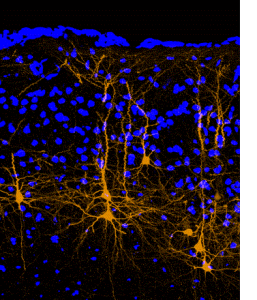The functional and structural neural basis of individual differences in loss aversion
Decision making under risk entails the anticipation of prospective outcomes, typically leading to the greater sensitivity to losses than gains known as loss aversion. Previous studies on the neural bases of choice-outcome anticipation and loss aversion provided inconsistent results, showing either bidirectional mesolimbic responses of activation for gains and deactivation for losses, or a specific amygdala involvement in processing losses. Here we focused on loss aversion with the aim to address interindividual differences in the neural bases of choice-outcome anticipation. Fifty-six healthy human participants accepted or rejected 104 mixed gambles offering equal (50%) chances of gaining or losing different amounts of money while their brain activity was measured with functional magnetic resonance imaging (fMRI). We report both bidirectional and gain/loss-specific responses while evaluating risky gambles, with amygdala and posterior insula specifically tracking the magnitude of potential losses. At the individual level, loss aversion was reflected both in limbic fMRI responses and in gray matter volume in a structural amygdala–thalamus–striatum network, in which the volume of the “output” centromedial amygdala nuclei mediating avoidance behavior was negatively correlated with monetary performance. We conclude that outcome anticipation and ensuing loss aversion involve multiple neural systems, showing functional and structural individual variability directly related to the actual financial outcomes of choices. By supporting the simultaneous involvement of both appetitive and aversive processing in economic decision making, these results contribute to the interpretation of existing inconsistencies on the neural bases of anticipating choice outcomes.
Download articolo completo:



